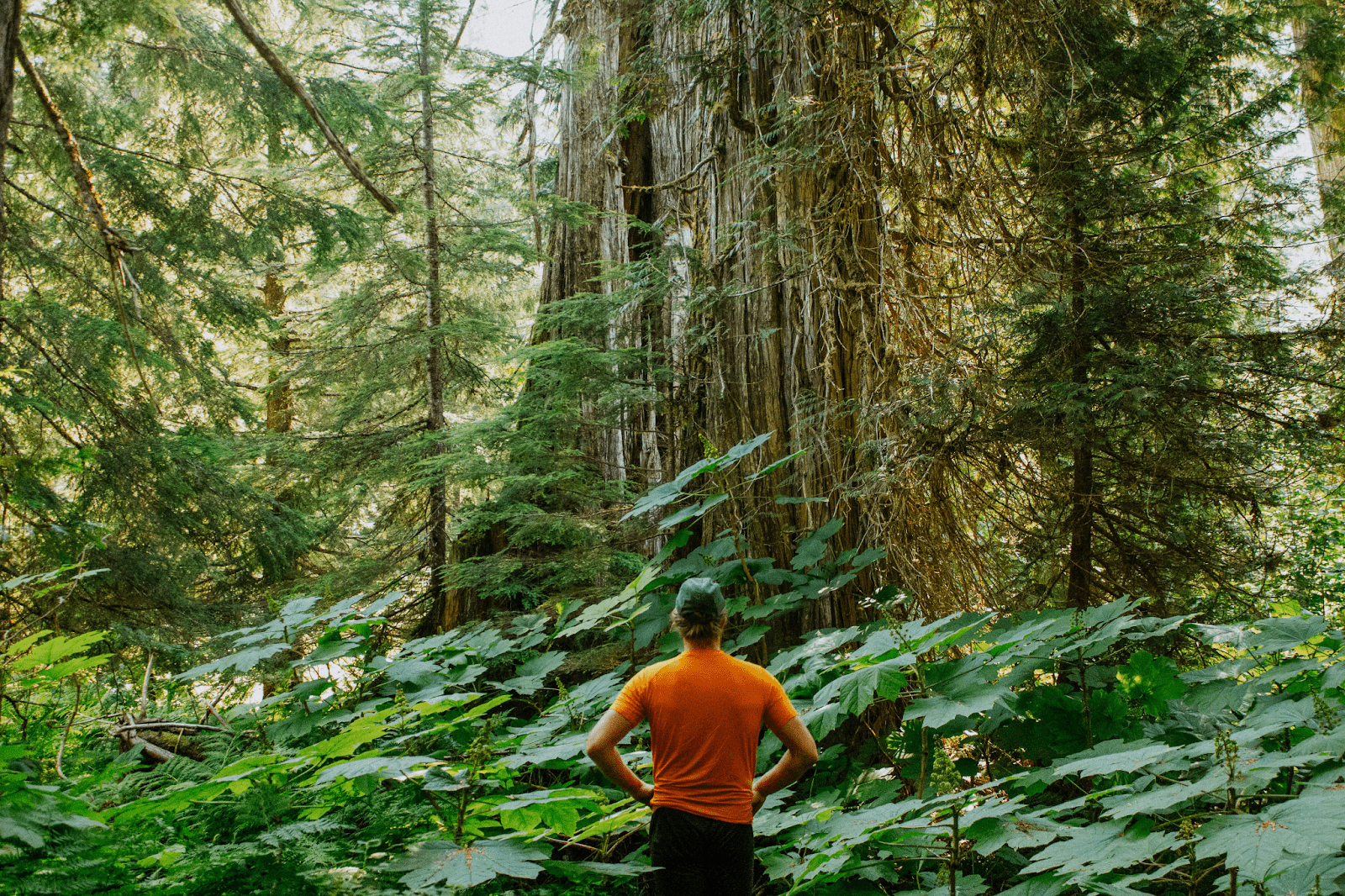
The B.C. government, along with its partners, announced recently that rare ecosystems in the Interior of British Columbia will be protected. The conservation of 185,329 acres or 75,000 hectares in the Incomappleux Valley, located in the Selkirk Mountains roughly 29 kilometres east of Revelstoke, was announced in late January. The project will share a 44-km-long boundary with Glacier National Park south of Heather Mountain Lodge. The Nature Conservancy of Canada, the provincial government, the federal government and a forestry company came together to make the announcement.
“Nature Conservancy of Canada facilitated the collaboration between the Province and Interfor, and also raised funds to implement the agreement to remove forest tenure in the Incomappleux Valley,” Nature Conservancy of Canada staff said in a release. “We were pleased to work collaboratively with these partners, and with First Nations whose territory includes the Incomappleux Valley, to create a provincial conservancy and other protections for this important area.” The goal is to protect one of B.C.’s most valuable commodities — its beautiful, lush rainforests. B.C. is home to two temperate rainforests, one on the West Coast and one in the Interior.
“British Columbia has the world’s only temperate inland rainforest. The Incomappleux River Valley is a vast and largely intact area of rare inland temperate rainforest, a unique ecosystem found only in one of a few regions on Earth, staff said.
These forests contain some ancient trees ranging from 800 to 1,500 years old.” The Incomappleux Valley is also home to several species at risk, including grizzly bears, mountain goats, wolverines and mountain caribou, according to the conservancy.
At the recent UN Biodiversity Conference (COP15), a Global Biodiversity Framework signed in Montreal “recognizes that a whole-of-society approach is required to implement the ambitious goals set out by the world to stem nature loss,” Nature Conservancy of Canada said.
“In B.C. and Canada that means protecting 30 percent of our lands and waters by 2030.”
Story/Info Credit – BC Global News
Wildsight Story Link for More Information on the Incomappleux Valley